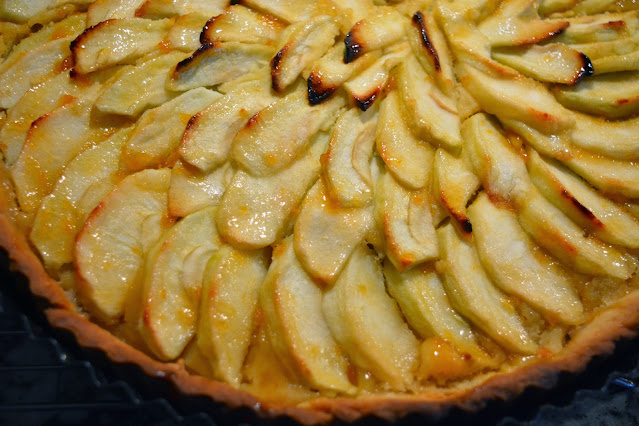Happy November!
Our fall season has been warmer than usual and I have enjoyed the autumn beauty in our area.
Our unusually warm summer and extended mild fall meant our potted fig tree produced the most figs we've had since moving to Colorado eleven years ago!
When fall arrives, we move the tree into our garage, where it goes dormant until spring. We water it about once a month to prevent the roots from drying out, and it thrives.
Even my wild cosmos flowers did well this year!
One of our favorite activities this fall has been watching our grandson play on his high school soccer team.
They had a very good season!
We always see many deer outside our windows
. They often decorate our lawn!
One day a buck who unfortunately had a wrapped rope swing around his antlers showed up in my backyard. I called our neighborhood open space ranger who told me they were aware and that Colorado Parks and Wildlife came out twice to try to free him, but every time he ran away. The decision had been made that as long as he could eat and walk it was best he was left alone.
A week later he showed up again, and it seemed the rope had unwound quite a bit and was dragging...
...and when he got up I could see it was wound around a hoove!
He could walk, but he had to keep his head lowered to do so. I called the ranger, who said he would contact Colorado Parks and Wildlife (CPW). Thankfully, the rope was eventually cut, and he could walk freely again! There is still some rope on his antlers, but that will fall off when he sheds his antlers in early spring.
Overall, we had a wonderful October, and now I look forward to the possibility of welcoming our first snow this week!
Please join me again on my blog next week.
I'm linking with:
Mosaic Monday, Hello Monday, Through My Lens Monday, Hearth, and Soul Link Party, Anything Goes Monday, You Are the Star Blog Hop, Nature Notes, Home Matters Linky Party, Ducks in a Row, Good Random Fun, Tuesdays With A Twist, Talk About It Tuesday, The Happy Now Tuesday, Wordless Wednesday on a Tuesday, Wordless Wednesday, Wordless Wednesday 2, Wednesday My Corner of the World, Wonderful Wednesday, Thankful Thursday, Little Things Thursday, Thursday Favorite Things, Skywatch Friday, Generic Link Up, Fantastic Friday, Saturday Sparks, Saturday Critters, Sunday on Silverado, Sunday Photo




































































